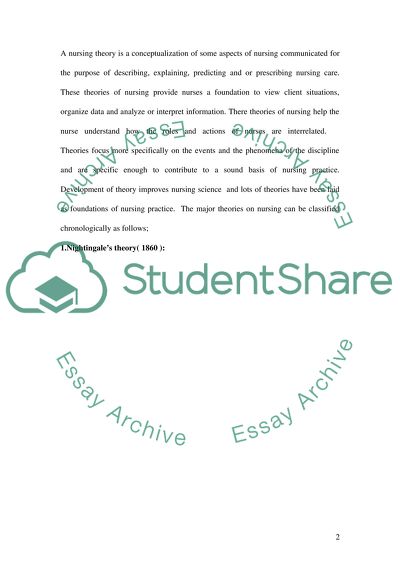Cite this document
(“The Impact of the Theoretical Basis of Nursing on Contemporary Essay”, n.d.)
Retrieved from https://studentshare.org/nursing/1507360-the-impact-of-the-theoretical-basis-of-nursing-on-contemporary-practice
Retrieved from https://studentshare.org/nursing/1507360-the-impact-of-the-theoretical-basis-of-nursing-on-contemporary-practice
(The Impact of the Theoretical Basis of Nursing on Contemporary Essay)
https://studentshare.org/nursing/1507360-the-impact-of-the-theoretical-basis-of-nursing-on-contemporary-practice.
https://studentshare.org/nursing/1507360-the-impact-of-the-theoretical-basis-of-nursing-on-contemporary-practice.
“The Impact of the Theoretical Basis of Nursing on Contemporary Essay”, n.d. https://studentshare.org/nursing/1507360-the-impact-of-the-theoretical-basis-of-nursing-on-contemporary-practice.


